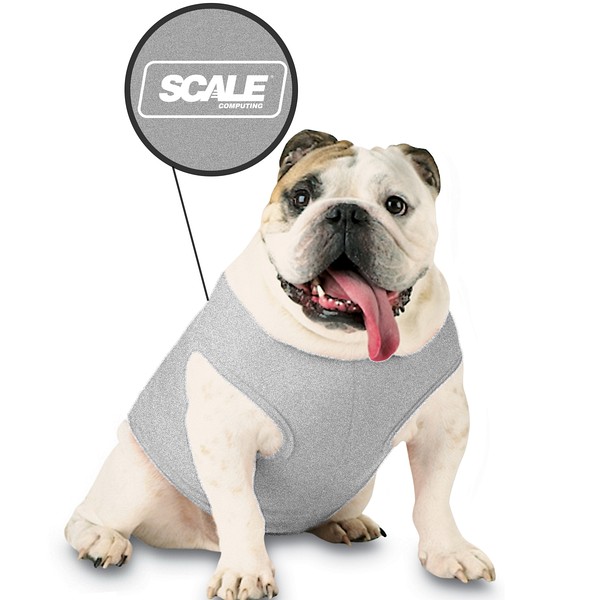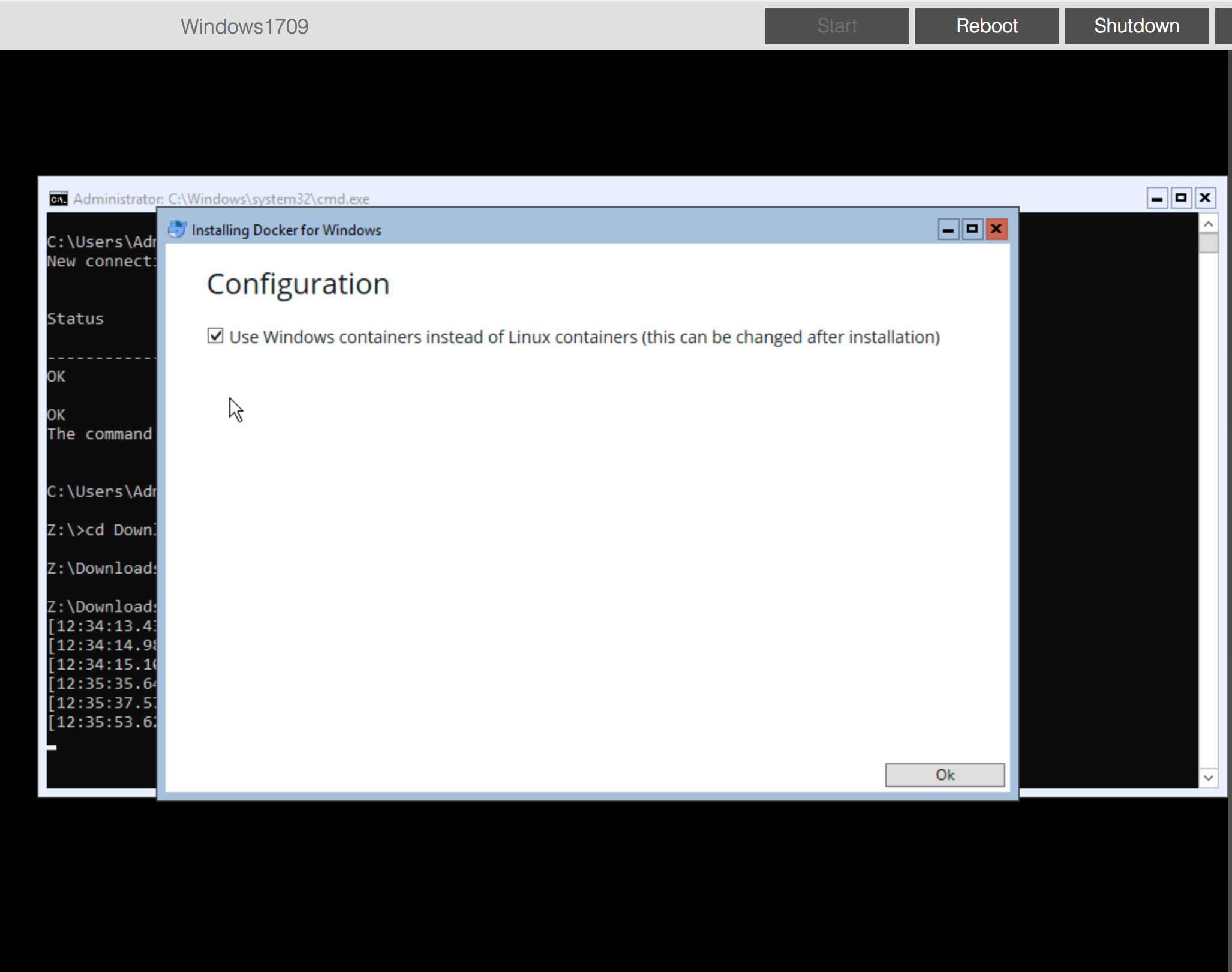
I blogged about edge computing briefly in November when we announced HC3 Edge but I wanted to return to that topic to provide more insight on the ins and outs of edge computing.
Edge computing is a new terminology for a computing need that has been around for a long time. It is encompassing the commonly used remote office/branch office (ROBO) use cases but also includes many other types of remote, on-prem computing needs including:
- point of sales locations
- manufacturing facilities
- vehicles (ships, trains, planes, etc)
- medical facilities
- IoT
- and many others.
Basically, edge computing is any computing that takes place outside your datacenter, away from your IT staff. Edge computing could involve only a few remote sites or it could be hundreds or thousands of sites, such as retail locations. Remote sites may be across town or around the world. Regardless of the distance, these sites will all have some of the same needs and requirements. Some of these requirements are:
- Easy, rapid deployment
For any remote sites, but particularly when there are dozens or hundreds of sites, you need a solution that can be deployed easily and rapidly. If it will take days or weeks to deploy at each site, it may not be viable.
- High availability
The solution must be resilient when it comes to hardware failures and other types of outages. You’ll want systems that can continue operating, for example, if a drive fails or if internet connectivity is lost. You want technology to enhance your operations, not slow them down or stop them.
- Disaster recovery
Your data is important and you need the ability to protect it should disaster strike. Loss of data at a single remote site can come at a very high cost to your business and operations. Make sure your solution has the ability to protect data to a DR site.
- Ease of use
It is unlikely that remote sites will have IT staff on-prem so the easier the systems are to use, the more the on-site staff can assist in managing the systems. When there are dozens or hundreds of sites, the more that can be done by on-site, non-IT staff, the easier the systems will be to manage.
- Remote management
With only non-IT staff on-prem at remote sites, trained IT pros will need to do some of the management tasks. Being able to do most, if not all, of these tasks remotely is critical not only because of the cost of travelling to these sites but also for minimizing downtime because of delayed response times due to travel.
Edge Computing with Micro-Datacenters
Micro-datacenters are a big part of fulfilling edge computing needs. Not all edge computing use cases are the same but it is common to need a number of server/application workloads per site. A micro-datacenter should encompass all of the requirements I listed above and it just so happens that hyperconverged infrastructure is a great fit for a micro-datacenter.
With simplicity, scalability, and high availability being core concepts in hyperconverged infrastructure, it meets the edge computing profile, but not all hyperconverged solutions can actually scale down to fit the micro-datacenter model. This is largely because these solutions are designed around enterprise-scale architectures and are using storage architectures that are resource heavy and become even more inefficient as they scale down. The resource consumption of a virtual storage appliance, for example, can steal too many compute resources from hypervisor to efficiently run VMs in a smaller system.
Why Not Cloud Computing?
Cloud computing is great for many purposes and can be part of an edge computing plan. However, the key factors to think about with edge computing are performance and network connectivity.
Remote sites will likely not have the same levels of network connectivity as the main office/datacenter. Also, the more widespread the remote sites are, the more likely that connectivity issues will affect sites. If remote sites are dependent on cloud computing to operate, then network outages or cloud outages will kill those operations.
Some edge computing use cases have very specific performance requirements that are not always compatible with cloud computing performance capabilities. On-prem computing resources can provide more fine-tuned and reliable performance for these edge computing needs.
An edge computing strategy may well include some cloud computing services but it will most certainly include on-prem compute resources like micro-datacenters.
HC3 Edge
Scale Computing announced HC3 Edge in 2017 to provide custom-sized hyperconverged infrastructure systems for micro-datacenter implementations. As one of the lowest cost and easiest to use infrastructure solutions in the market, Scale Computing has already been deployed in distributed enterprise environments which fall under the edge computing definition. HC3 Edge enhances the hyperconverged offering from Scale Computing to encompass systems sized specifically for the edge computing use cases of specific organizations.
The HC3 HyperCore operations system is lightweight as is the storage architecture which allows efficient computing performance across a variety of micro-datacenter sizes and configurations. Partnering with hardware providers such as Lenovo, Dell, and Supermicro allows a variety of hardware options that can be right-sized for nearly any use case.
HC3 Edge may be only one of many options for implementing a micro-datacenter but it excels particularly in rapid deployment, high availability, ease-of-use, scalability, and remote management.
Summary
Edge Computing is an IT infrastructure component that is getting a lot more attention as IT continues to grow and encompass every area of business and operation. With IoT on the rise, edge computing will continue to grow as an area of hardware and software solutions that can best meet the needs of these edge computing use cases.







